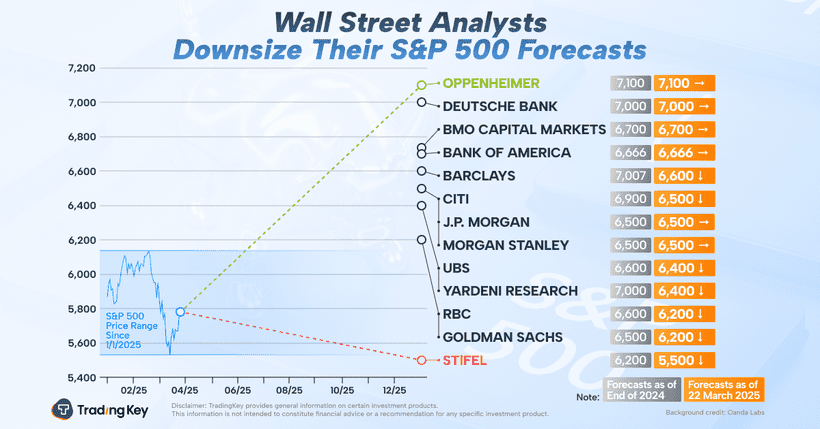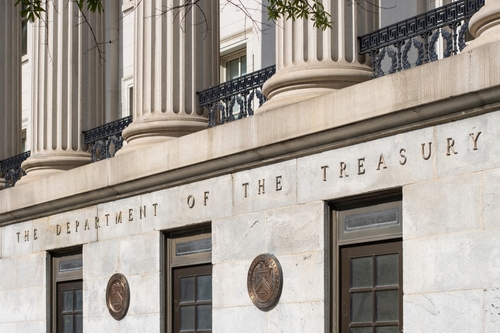COLUMN-Trump fireworks risk sparking equity contagion: Pelosky

By Jay Pelosky
April 2 - With apologies to Charles Dickens, this may be the best of times for non-U.S. markets because it is the worst of times for U.S. policymaking. But if the Trump administration pushes the U.S. into a bear market, the times could be bad all around.
In the first quarter, the dollar index fell by roughly 4%, and the S&P 500 recorded a 4.6% loss, its worst quarter since 2022, led by a 16% drop in the "Magnificent Seven" tech stocks.
Meanwhile, Germany’s and Hong Kong’s equity indexes both posted double-digit gains.
In short, the dominant strategy of the past 15+ years – long U.S. equity, U.S. tech, and the U.S. dollar – is reversing, as global equity leadership passes from the U.S. to the rest of the world. Capital repatriation out of the U.S. and back into Europe and Asia should provide a significant tailwind to non-U.S. stocks moving forward. JP Morgan recently suggested as much when it said that it, “expects Japan, EU, and China equity to outperform the U.S. in the next 10-15 years”.
As I’ve written previously, the story behind the rotation is pretty straightforward. President Donald Trump’s disruptive trade policies are reducing expectations for U.S. economic growth and corporate earnings, while positive policy decisions in Europe and China – namely, choosing to tap into their ample fiscal space – are boosting forecasts there.
And the U.S.’s self-enforced errors keep piling up. As one prime example, the administration’s current tariff plan for Mexico and Canada combined with the recently announced auto tariffs are likely to tear up one of the most sophisticated and successful supply chains in the world. Canada’s new prime minister, Mark Carney, has publicly stated that deeper integration with the U.S. across economic and security spheres “is over”.
The upside for the U.S. from these actions is very hard to identify, though the downside is obvious. Exhibit A: flight bookings for the summer season between Canada and the U.S. market, as of March 2025, are down over 70% year-over-year, according to OAG, a flight information database.
And both hard and soft U.S. economic data are starting to come in weak. Retail sales in February rose by a disappointing 0.2% on the month, while consumer confidence plummeted to a four-year low in March, according to the Conference Board.
Worryingly, the U.S. could face weaker-than-expected growth as well as sticky inflation due to rising tariffs and deportations. That increases the risk that the Federal Reserve will be caught in a stagflationary box, meaning it would be unable to cut interest rates given inflationary pressures, despite weakening growth.
And that could lead to a significant U.S. recession and bear market – or 20%+ decline – in U.S. equities.
Indeed, the odds of a negative economic outcome in the U.S. keep rising. Both JP Morgan and Goldman Sachs are now saying the chances of a near-term U.S. recession are better than one in three.
That’s especially concerning for equity investors. Apollo recently showed that 10% U.S. equity corrections that turn into bear markets only occur when there is a recession. In short, no recession, no bear.
BEWARE OF BEARS
A U.S. equity bear market wouldn’t just be bad news for U.S.-focused investors. It would also make it tougher for the rest of the world to show positive equity performance, especially if the U.S. slump is driven by a global trade war.
While it is reasonable to assume that ACWX – an index of non-U.S. large- and mid-cap equities – will outperform the S&P 500 this year due to better growth and earnings outside U.S. borders, multiple expansion could prove difficult if there is a severe downturn in U.S. equities.
Of course, that doesn’t mean the U.S. is definitely headed into bear territory. Given how severely depressed investor sentiment is right now, we could see a temporary rip in U.S. markets on any positive – or less-bad-than-expected – news.
As Carson Group recently noted about the American Association of Institutional Investors survey, “AAII bears are above 50% for 5 straight weeks for only the third time in history. The first time was in Oct 1990 and that marked a major low and the other time was at the lows of the 2022 bear market.” This suggests negativity could be close to bottoming out.
But don’t get too excited because U.S. policy uncertainty seems to be a feature of Trump 2.0, not a bug, suggesting U.S. equity upside may be capped for the foreseeable future. In other words, rips may be followed by dips. Perhaps "Liberation Day" will liberate markets from uncertainty, but only time will tell.
Ultimately, it’s clear that Trump is playing with fire. The question is how many markets could get burned.
(Jay Pelosky is the Founder and Global Strategist at TPW Advisory, a NYC-based investment advisory firm. You can follow Jay on Substack at The Tri Polar World.)







